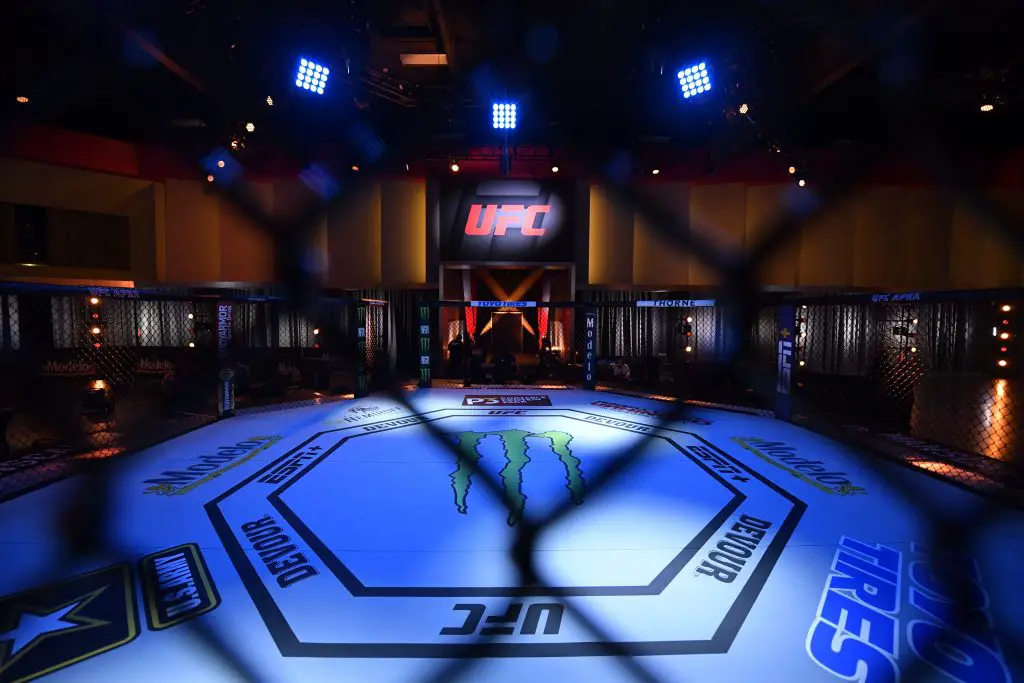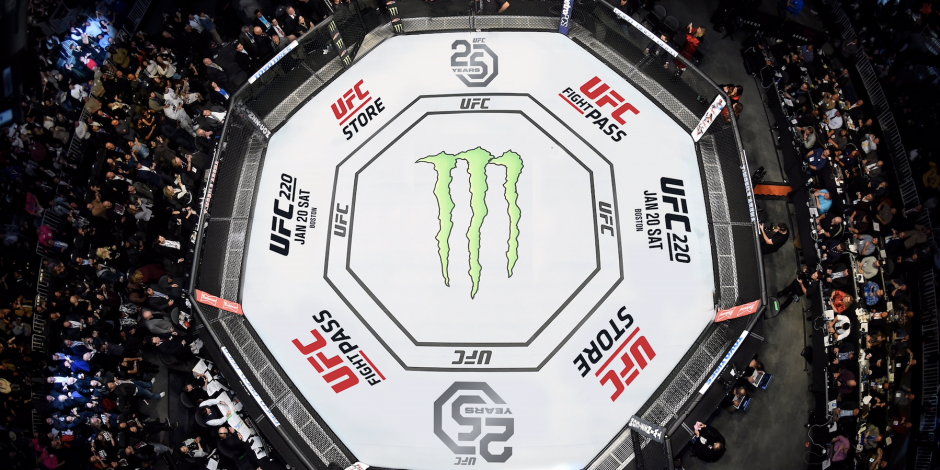What are the dimensions of UFC cage? Do they differ from one promotion to another?
In the electrifying world of mixed martial arts (MMA), where each bout is a display of skill, power, and strategy, the dimensions of the fighting arena play a pivotal role in shaping the course of action. The iconic MMA cage, often referred to as the “octagon,” is a distinctive feature that has become synonymous with the sport’s intensity and spectacle.
However, the octagon is not a one-size-fits-all structure; its dimensions can vary, triggering a cascade of effects on the dynamics of a fight. Let’s delve into the intricacies of the MMA cage, exploring its dimensions and the profound influence it exerts on the outcome of battles.

There are two octagon sizes that predominantly capture the spotlight, particularly in the Ultimate Fighting Championship (UFC), the sport’s premier promotion.
The original and larger UFC octagon stretches 30 feet across in diameter, towering at 5 feet 9 inches high, creating an inside fight space that measures a sprawling 746 square feet. In contrast, the smaller UFC octagon maintains the same height but possesses a more confined diameter of 25 feet, resulting in a slightly diminished fight area of 518 square feet. This striking difference in size contributes to an array of tactical and strategic implications that fighters must navigate.
The UFC’s octagon dimensions hold the power to shape fighters’ strategies, affecting their movement, engagement, and overall approach to the fight.
The spaciousness of the larger octagon allows for greater evasion and circling, enabling fighters to carefully assess their opponents and capitalize on momentary vulnerabilities. On the other hand, the smaller octagon confines the fighters’ mobility, promoting tighter engagements and swift exchanges, where offense becomes a critical form of defense. This distinction significantly impacts striking and grappling, making the choice of octagon size a strategic consideration for fighters and their teams.
Beyond the UFC, various MMA promotions have explored different cage sizes and shapes, contributing to the sport’s diverse landscape. For instance, Bellator, another prominent promotion, opts for a circular cage that spans 36 feet in diameter, providing a generously spacious fight area of 1018 square feet. This distinct design eliminates corners, facilitating seamless movement and positioning for fighters. Similarly, Pride FC, which operated from 1997 to 2007, favored a unique boxing-style five-roped ring, catering to a distinct fighting style.
Interestingly, Chuck Norris indirectly inspired the UFC Octagon through the film “The Octagon.” Art director Jason Cusson drew from the movie’s title to envision the unique shape. Production designer Greg Harrison refined the octagon design, optimizing it for safety and TV. The iconic structure, introduced in 1993, revolutionized combat sports, embodying MMA’s diversity and innovation. While debates over origin persist, Chuck Norris and the film’s influence remain instrumental in shaping the enduring symbol of the UFC Octagon.
In-depth understanding of the UFC octagon and other promotion cages
The UFC’s choice of octagon size stems from a blend of factors, including safety, interference prevention, marketing, and performance enhancement. The octagon’s trademarked structure ensures that fighters remain within its confines, minimizing the risk of falling out and reducing the need for external interference. Additionally, the octagon’s eight-sided fence empowers fighters with a versatile tool for both offensive and defensive maneuvers, contributing to the spectacle and unpredictability of fights.
In essence, the dimensions of the MMA cage are far from arbitrary; they wield a profound influence on fight outcomes and the strategies employed by fighters. Whether it’s the expansive canvas of the larger octagon or the confined intensity of the smaller one, the choice of dimensions molds the dynamics of battles, paving the way for spectacular showcases of skill, determination, and heart. As MMA continues to captivate audiences around the world, the octagon’s dimensions remain a vital component in shaping the unique tapestry of each fight, ensuring that the sport’s essence remains as electrifying as ever.
More MMA news
- Conor McGregor calls Khabib Nurmagomedov “homophobic” in crazy deleted rant
- Kamaru Usman open to Middleweight move after UFC 261 but on one condition
- Jiri Prochazka says Khabib Nurmagomedov, Conor McGregor and others inspired him
Follow our dedicated MMA page for instant MMA news and update

